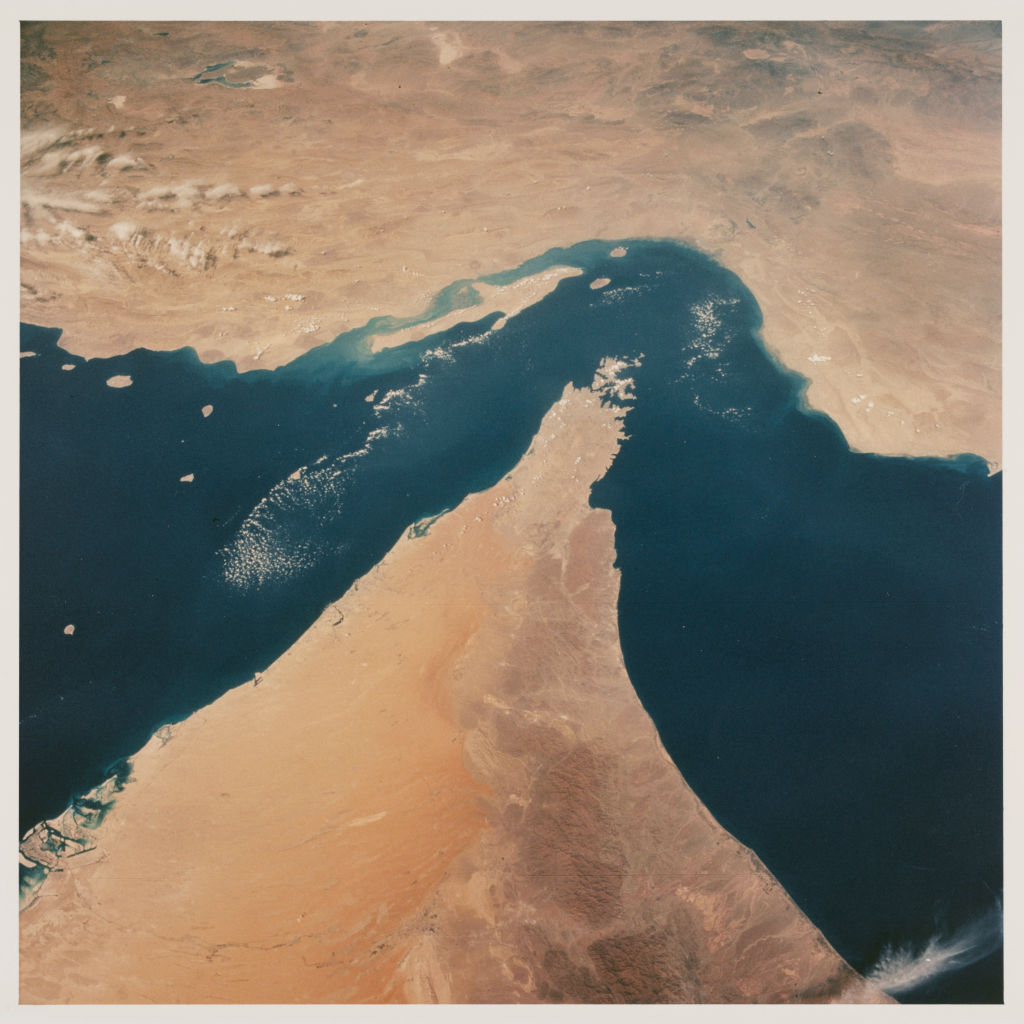Israel launched widescale strikes against Iran on Friday, saying it targeted nuclear facilities, ballistic missile factories and military commanders during the start of a prolonged operation to prevent Tehran from building an atomic weapon.
Iran, which has denied such intentions, has in the past threatened to close the Strait of Hormuz for traffic in retaliation to Western pressure. Experts have said that any closure of the strait could restrict trade and impact global oil prices.
Below are details about the strait:
The strait lies between Oman and Iran and links the Gulf north of it with the Gulf of Oman to the south and the Arabian Sea beyond.
It is 21 miles (33 km) wide at its narrowest point, with the shipping lane just two miles (three km) wide in either direction.
WHY DOES IT MATTER?
About a fifth of the world’s total oil consumption passes through the strait. Between the start of 2022 and last month, roughly 17.8 million to 20.8 million barrels of crude, condensate and fuels flowed through the strait daily, according to data from Vortexa.
OPEC members Saudi Arabia, Iran, the United Arab Emirates, Kuwait and Iraq export most of their crude via the strait, mainly to Asia.
The UAE and Saudi Arabia have sought to find other routes to bypass the strait.
Around 2.6 million bpd of unused capacity from existing UAE and Saudi pipelines could be available to bypass Hormuz, the U.S. Energy Information Administration said in June last year.
Qatar, among the world’s biggest liquefied natural gas (LNG) exporters, sends almost all of its LNG through the strait.
Iran has threatened over the years to block the strait but has never followed through.
The U.S. Fifth Fleet, based in Bahrain, is tasked with protecting commercial shipping in the area.
HISTORY OF TENSIONS
In 1973, Arab producers led by Saudi Arabia slapped an oil embargo on Western supporters of Israel in its war with Egypt.
While Western countries were the main buyers of crude produced by the Arab countries at the time, nowadays Asia is the main buyer of OPEC’s crude.
The United States more than doubled its oil liquids production in the last two decades and has turned from the world’s biggest oil importer into one of the top exporters.
During the 1980-1988 Iran-Iraq War, the two sides sought to disrupt each other’s exports in what was called the Tanker War.
In July 1988, a U.S. warship shot down an Iranian airliner, killing all 290 aboard, in what Washington said was an accident and Tehran said was a deliberate attack.
In January 2012, Iran threatened to block the strait in retaliation for U.S. and European sanctions. In May 2019, four vessels – including two Saudi oil tankers – were attacked off the UAE coast, outside the Strait of Hormuz.
(Reuters)










